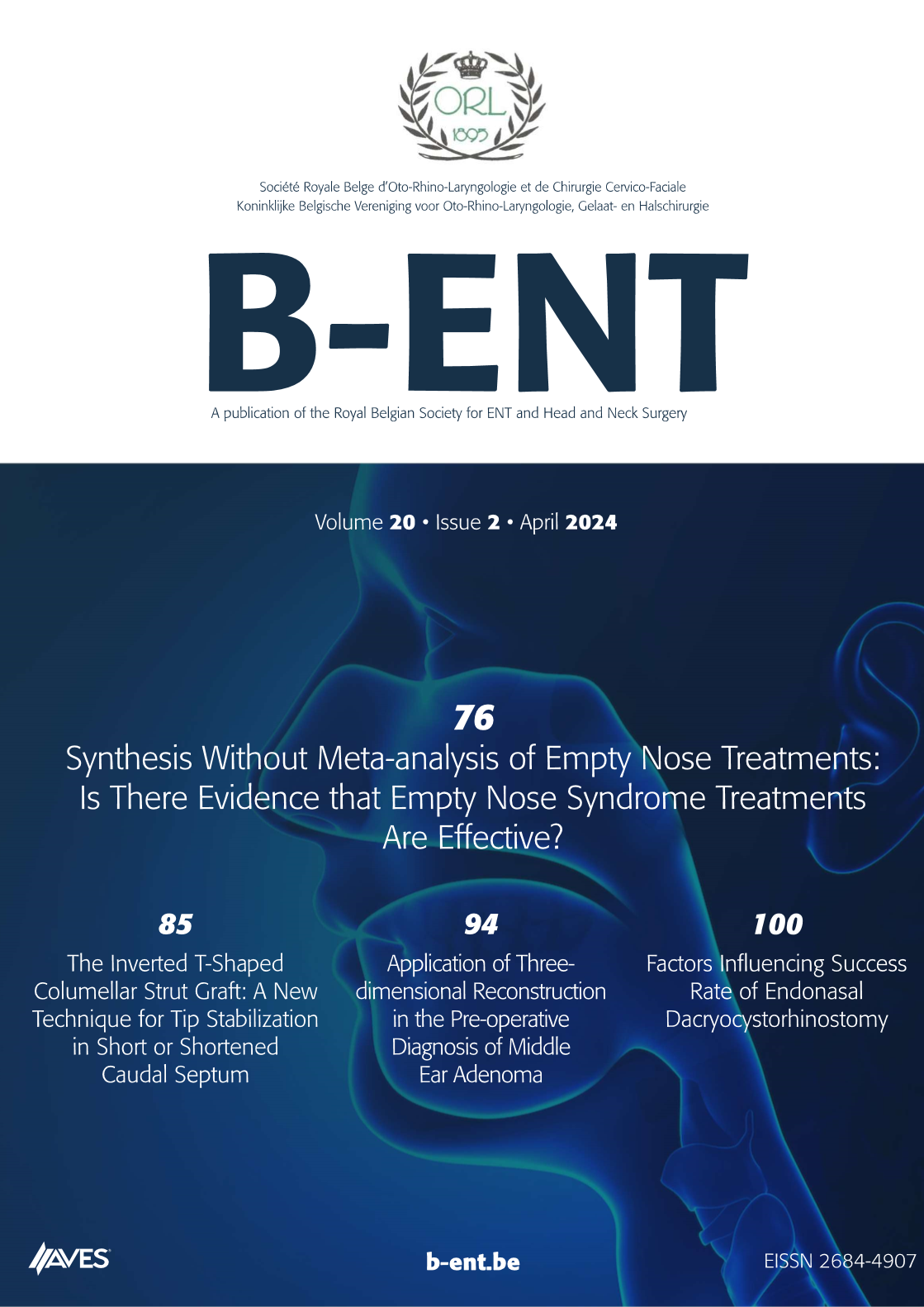HPV-positive head and neck tumours, a distinct clinical entity. A worldwide rise in the incidence of oropharyngeal squamous cell cancer has been recorded over the past decade. This rise has been attributed to an increase in oncogenic human papilloma virus (HPV) infections. The biology of HPV-positive oropharyngeal cancer is distinct; it includes p53 degradation, retinoblastoma pathway inactivation, and p16 upregulation. The best method for detecting HPV in tumour material is controversial; both in-situ hybridisation and PCR are commonly used. However, p16 can serve as a potential surrogate marker, and therefore, p16 immunohistochemistry is widely used in clinical practice. Compared to HPV-negative cancers, HPV-positive oropharyngeal cancer appears to be more responsive to chemotherapy and radiotherapy. Thus, p16 can serve as a prognostic marker for enhanced overall survival and disease-free survival. In this review, we aimed to highlight the current understanding of the epidemiology, biology, detection, and management of HPV-related oropharyngeal head and neck squamous cell carcinoma.



.png)
